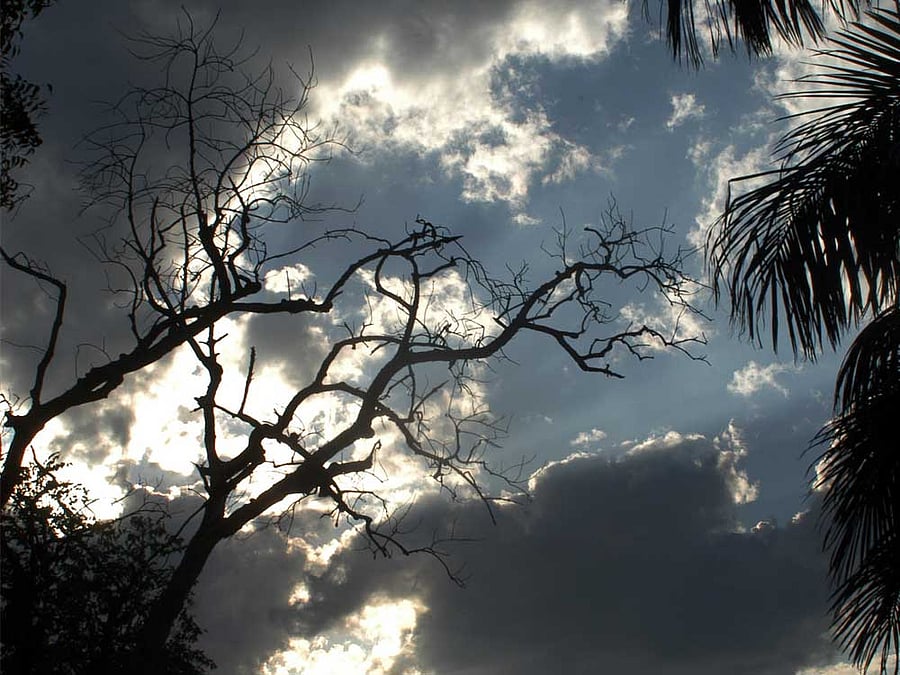India is a very hot country but still, the general perception is that very few people seem to be affected by heat-related illnesses. There are sporadic reports of heat stroke deaths in the news media. The national reporting of heat deaths shows about 200 to 2,000 deaths per year. This seems to be minuscule as compared to some 25 million annual deaths in India due to all causes. But the reality could very well be that the reported deaths due to heat waves are not even the proverbial tip of the iceberg. Our death reporting system is very weak nationally. A majority of deaths are not assigned a cause or classified by cause or place of residence of the deceased. Heatwave deaths are more difficult to track when they are of old people since many of them have co-morbidities. Our guesstimate is that heat-related deaths in India could be about 100 times more than the reported heat-stroke deaths.
Due to climate change, we are already seeing hotter summers. Out of the 18 hottest summers on record over the last 100 years, 16 have happened in this century (post-2000). Each successive year is predicted to be hotter than the previous year lately. This is unprecedented. The Indian Meteorological Department (IMD) has predicted that 2018 will be hotter than 2017. Different states will have average temperature increases between 0.3 degrees C to 2.5 degrees C. Study of mortality in western countries have shown a great rise in mortality during heat waves. For example, in 1995 in Chicago, which is usually a very cold place, a heat wave led to more than 800 additional deaths in one week. The 2003 European heat wave that lasted 2-3 weeks led to more than 70,000 additional deaths. Our analysis in Ahmedabad showed that in the 2010 heat wave, the city reported 800 additional deaths in one week. On the peak heat wave day on May 21, 2010, Ahmedabad recorded 310 deaths, as compared to an average of about 100 deaths due to all causes. So, mortality went up by more than three times during the heat wave. Ahmedabad is no different than any other city in India. So, it may be presumed that similar increases in mortality would occur in other cities of the country during heat waves. We have done an analysis of data from Nagpur and indeed shown a similar increase in mortality during heat waves.
Following this revelation of increase of mortality in the city of Ahmedabad, the municipal corporation developed a Heat Action Plan in 2013 with help from the Indian Institute of Public Health, Gandhinagar (IIPHG), NRDC, IMD and other partners. The plan is simple: it has a heat prediction and alert system using various media, community outreach and health education modules about how to protect from the ill-effects of heat; preparation of hospitals and health staff to deal with heat emergency cases; reducing heat exposure; and simple adaptation measures like cooling centres and water distribution, as well as change in work times when possible. Finally, each year the plan is evaluated for its impact based on data from the health department regarding mortality and morbidity. This plan has shown substantial impact in reducing mortality during peak heat waves when the temperature goes above 44 degrees C. After the implementation of the heat action plan (2013-2017), on peak heat days, the all-causes daily mortality has declined by 30% to 40% as compared to the years before the heat action plan (2009 to 2012).
Seeing the success of the heat action plan in Ahmedabad, the Maharashtra public health department has started a similar plan with help of IIPHG in five cities near Nagpur in Vidarbha region, which is very hot. Odisha, which has a history of disasters, including severe heat waves, has already developed a state-wide heat action plan. Now, many states are developing such plans under the leadership and guidance of the National Disaster Management Authority. The NDMA has also recognised heat wave as a natural disaster even though it does not fit the definition of one as per the Act governing it. Furthermore, IIPHG has also supported the NDMA in developing short television advertisements in local languages focused on protecting communities from extreme heat.
This year is going to be hotter than last year. Hence, learning from the experience of Ahmedabad, Nagpur, Odisha, Telangana, etc, other states and cities must quickly develop their own heat action plans to protect citizens. Developing a heat action plan is simple. The district administration should also develop such plans for rural areas. And the states and nation must develop such heat action plans and implement them from April 1 every year. Unless this is done, many lives will be lost due to heat waves, and we do not even bother to count them.
(The authors are with the Indian Institute of Public Health, Gandhinagar)
